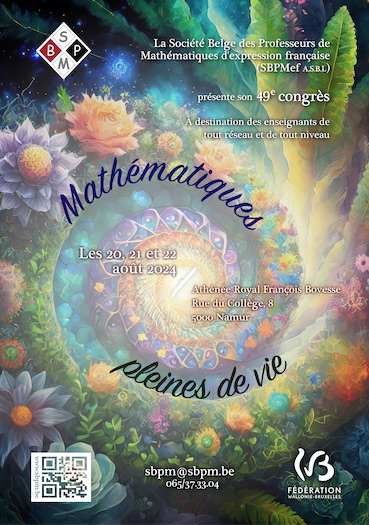Georges Cuisenaire’s numbers in colour. A teaching aid that survived the 1950s
Dirk De Bock, KU Leuven, Belgium
Abstract
In 1952, a Belgian primary school teacher, Georges Cuisenaire, published Les nombres en couleurs, a booklet in which the author describes his invention and explains a corresponding method for teaching elementary arithmetic. Cuisenaire materialized the numbers from one to ten by means of rods of corresponding lengths and in different colours. The rods provided a concrete tool for exploring and gaining insight in basic concepts and skills, such as the four basic operations, finding divisors and multiples, working with fractions, the decimal system, arithmetic sequences, and area and volume calculation. From the mid-1950s, with the support of Caleb Gattegno, the Cuisenaire rods broke through worldwide. In subsequent years, empirical research into the effectiveness of the Cuisenaire’s method was initiated and in several countries Cuisenaire Associations were founded. In the late 1960s and 1970s, a number of attempts were made to use the material for the teaching of typical modern mathematics contents to (very) young children, but the use of the rods in this context was sometimes far-fetched and did not break through.
Référence
De Bock, D. (2020). Georges Cuisenaire’s numbers in colour. A teaching aid that survived the 1950s. In É. Barbin, K. Bjarnadóttir, F. Furinghetti, A. Karp, G. Moussard, J. Prytz, & G. Schubring (Eds.), “Dig where you stand” 6. Proceedings of the Sixth International Conference on the History of Mathematics Education (pp. 355-368). Münster, Germany: WTM. ISBN: 978-3-95987-167-9.
doi: 10.37626/GA9783959871686.0.27
Article

